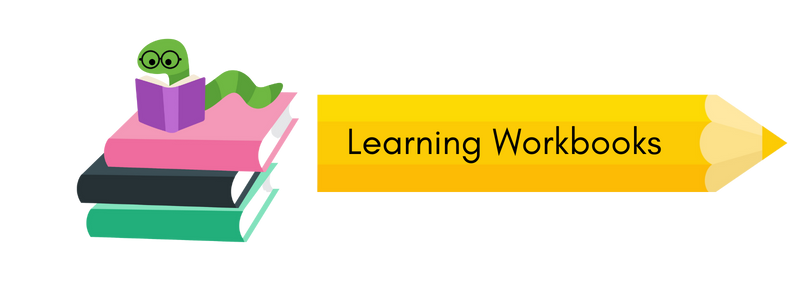Teaching the Alphabet to Children
Introduction
Teaching the alphabet to young children is a crucial step towards developing their reading and writing skills. By introducing letters and their corresponding sounds in a fun and engaging manner, educators can lay a solid foundation for language acquisition. This post aims to provide a comprehensive guide on how to teach the alphabet to children, focusing on effective strategies and activities that align with the British curriculum.
1. Letter Recognition
a. Letter Formation
Start by teaching children how to correctly form each letter. Emphasise the importance of proper pencil grip and demonstrate the correct stroke order for each letter. Encourage children to trace over dotted letter templates to reinforce correct formation.
b. Letter Names and Sounds
Introduce the names and sounds of each letter gradually. Begin with the most frequently used letters, such as "a," "m," and "s." Use visual aids like alphabet charts, flashcards, or posters to associate the letter shapes with their names and sounds. Engage children in repetitive exercises to help them internalise the information.
2. Multi-Sensory Learning
Employing multi-sensory techniques can enhance children's alphabet learning experience.
a. Kinesthetic Activities
Include activities that involve physical movement to reinforce letter recognition. For example, have children form letters with their bodies or use textured materials to trace letters.
b. Visual and Auditory Aids
Utilise colourful visuals, such as picture books, alphabet puzzles, or interactive apps to captivate children's attention. Pair each letter with an associated word and sound, creating a memorable association.
c. Rhymes and Songs
Teach alphabet songs or rhymes that highlight each letter's name and sound. Encourage children to sing along and participate in actions related to the letters. This helps foster phonemic awareness and letter-sound correspondence.
3. Contextual Learning
Connecting letters to real-life objects or experiences can deepen children's understanding.
a. Alphabet Objects
Introduce objects or toys that represent each letter. For instance, use a toy apple for "a" or a miniature car for "c." Encourage children to identify the corresponding letter when presented with these objects.
b. Alphabet Stories
Create simple stories where the main characters' names alliterate with specific letters. For example, "Oliver the Octopus" or "Zara the Zebra." This technique reinforces letter association while making the learning process enjoyable.
4. Interactive Games and Activities
Engaging children in interactive games and activities can make learning the alphabet enjoyable and effective.
a. Alphabet Treasure Hunt
Hide letter cards around the classroom or outdoor area. Provide clues to guide children in finding each letter. This activity promotes letter recognition and boosts problem-solving skills.
b. Alphabet Bingo
Play alphabet bingo by providing children with bingo cards featuring various letters. Pronounce a letter sound, and children mark the corresponding letter if present on their card. This game enhances listening skills and letter identification.
c. Alphabet Crafts
Encourage creativity by incorporating art and crafts into alphabet learning. For each letter, ask children to create a craft using materials that start with that letter's sound. For instance, "b" could involve decorating a paper bag with buttons.
Conclusion
Teaching the alphabet to children requires a well-rounded approach that combines letter recognition, multi-sensory learning, contextual connections, and interactive activities. By incorporating these strategies into lessons, educators can foster a love for language and empower children to become confident readers and writers. Remember to adapt the activities to suit the age and abilities of the children, ensuring a stimulating and inclusive learning environment.
Learning Workbooks provides a range of alphabet workbooks to develop knowledge and understanding of the letters of the alphabet. You can find the range of workbooks here - https://learningworkbooks.co.uk/collections/alphabet-workbooks-age-5.

